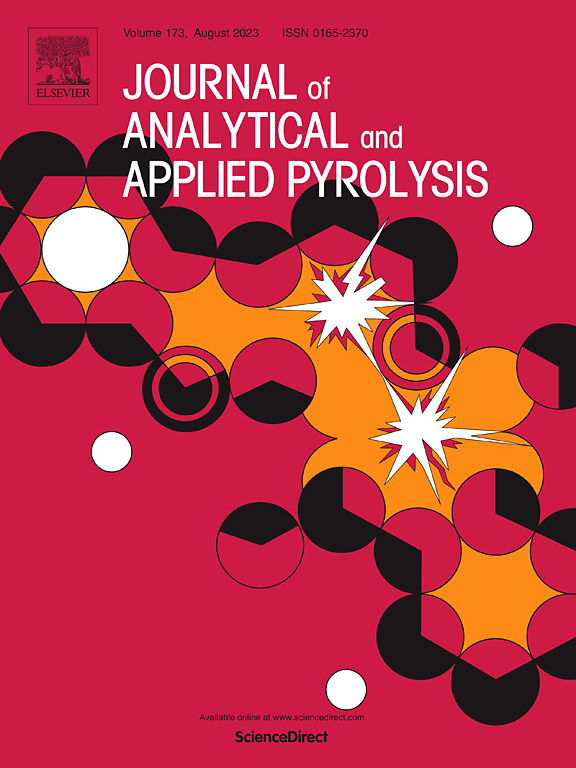Removal of tetracycline from aqueous solution by magnetic biochar modified with different iron valence and K2C2O4: A comparative study and mechanism
IF 5.8
2区 化学
Q1 CHEMISTRY, ANALYTICAL
引用次数: 0
Abstract
Currently, the selection of iron valence states in composite-modified magnetic biochar prepared by co-pyrolysis exhibits a high degree of blindness. Therefore, this study compares the performance of biochar preparation via co-pyrolysis of three different iron valences (Fe2 +, Fe3+, and Fe6+) and potassium oxalate (K2C2O4) composite modification for tetracycline (TC) removal. The results indicate that the co-activation of potassium oxalate with different iron valences led to the formation of magnetic biochar with varying elemental contents, morphologies, and structures. Batch adsorption experiments demonstrate that KF3-BC has a high tetracycline removal rate over a wide pH range (3 – 11) and at high coexisting ion concentrations (1 – 100 mmol/L). Furthermore, experiments with synthetic swine wastewater in different matrices, the adsorption capacity of KF3-BC for TC (at a concentration of 100 mg/L) exceeds 81.09 mg/g. Additionally, under optimal conditions of 30 °C and pH = 5, the theoretical maximum adsorption capacity (Qmax) for TC is as follows: KF3-BC (236.91 mg/g) > KF6-BC (169.42 mg/g) > KF2-BC (51.34 mg/g) > BC (38.41 mg/g). The adsorption processes of KF2-BC, KF3-BC, and KF6-BC all conform to the Pseudo-second-order and Freundlich models, implying that TC adsorption occurs at the multilayer molecular adsorption on heterogeneous surfaces, primarily driven by chemisorption. The primary adsorption mechanism between KF-BCs and TC molecules is the π–π EDA interactions. Additionally, hydrogen bonding, cation–π complexation, electrostatic interactions, and pore filling also contribute to the adsorption process. This study can assist in selecting the optimal iron source and chemical activator for composite modification of biochar for the adsorption of TC in wastewater.
求助全文
约1分钟内获得全文
求助全文
来源期刊
CiteScore
9.10
自引率
11.70%
发文量
340
审稿时长
44 days
期刊介绍:
The Journal of Analytical and Applied Pyrolysis (JAAP) is devoted to the publication of papers dealing with innovative applications of pyrolysis processes, the characterization of products related to pyrolysis reactions, and investigations of reaction mechanism. To be considered by JAAP, a manuscript should present significant progress in these topics. The novelty must be satisfactorily argued in the cover letter. A manuscript with a cover letter to the editor not addressing the novelty is likely to be rejected without review.

 求助内容:
求助内容: 应助结果提醒方式:
应助结果提醒方式:


